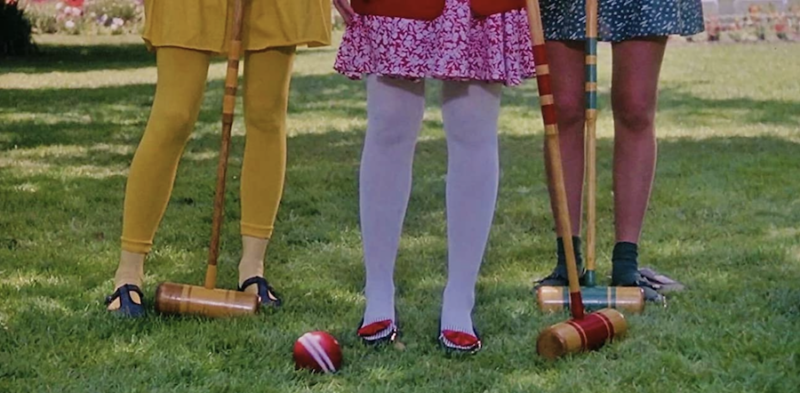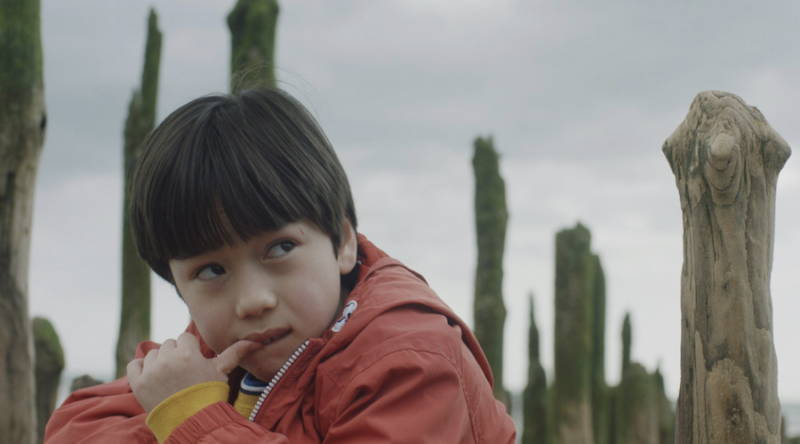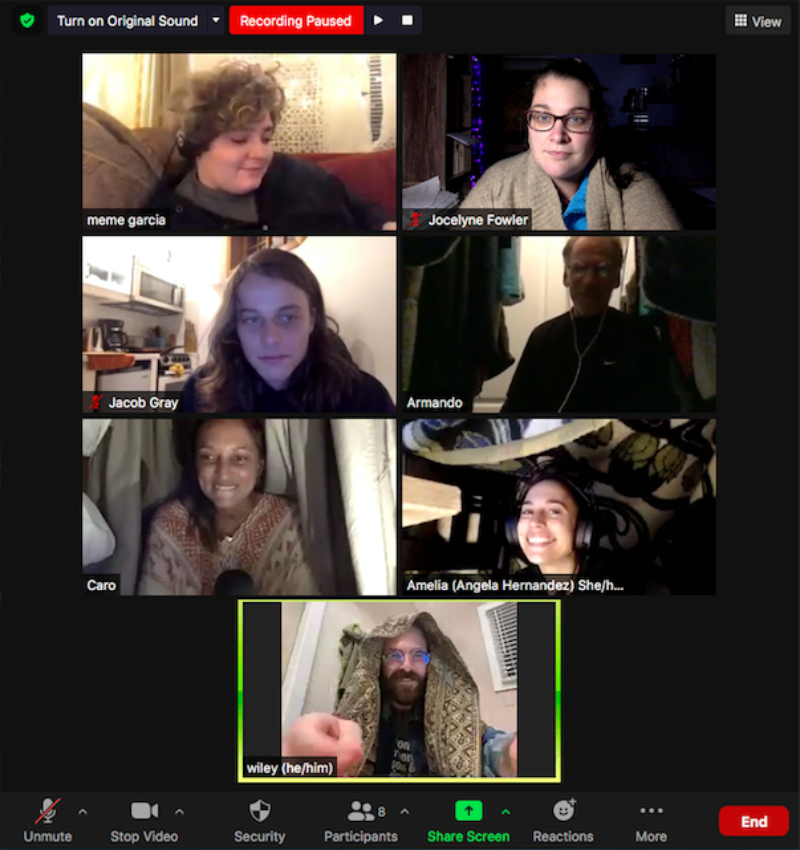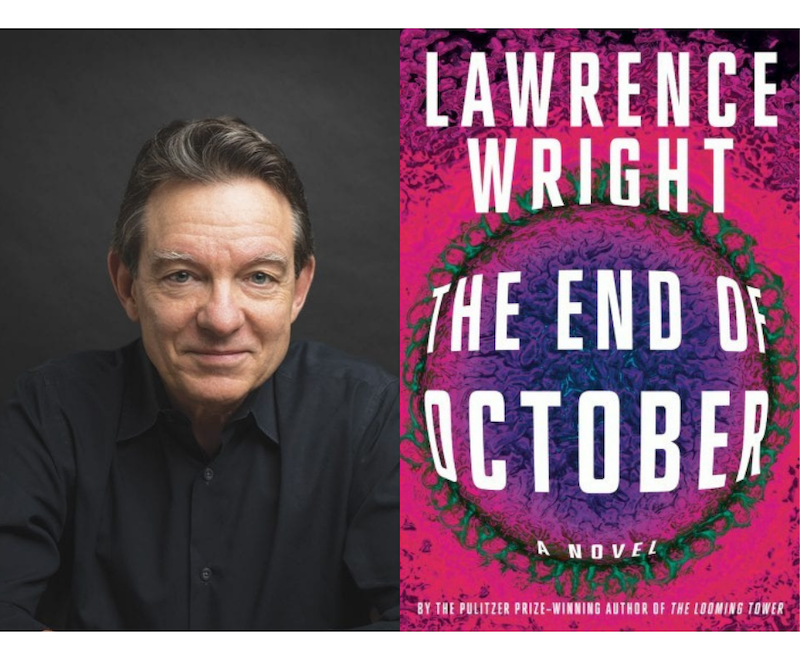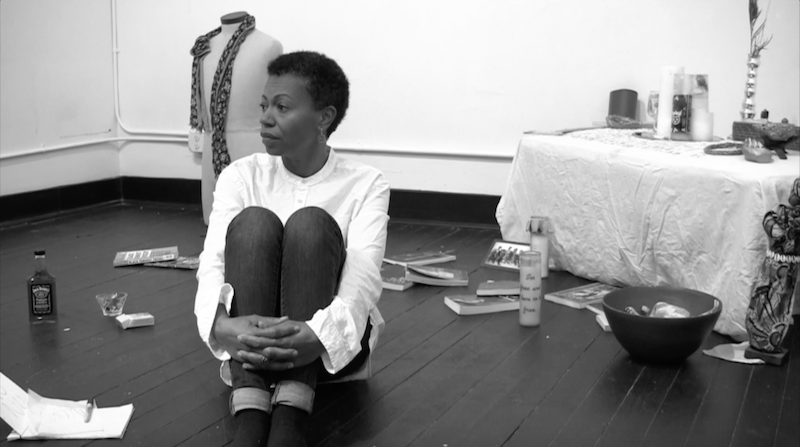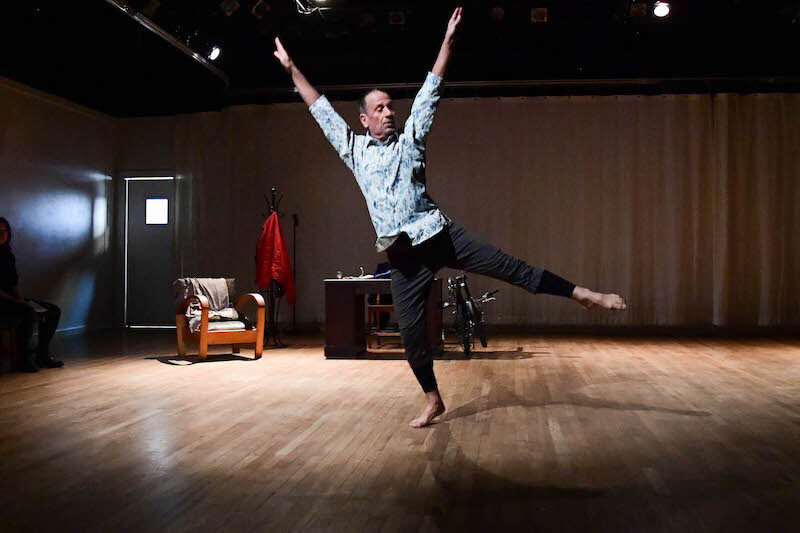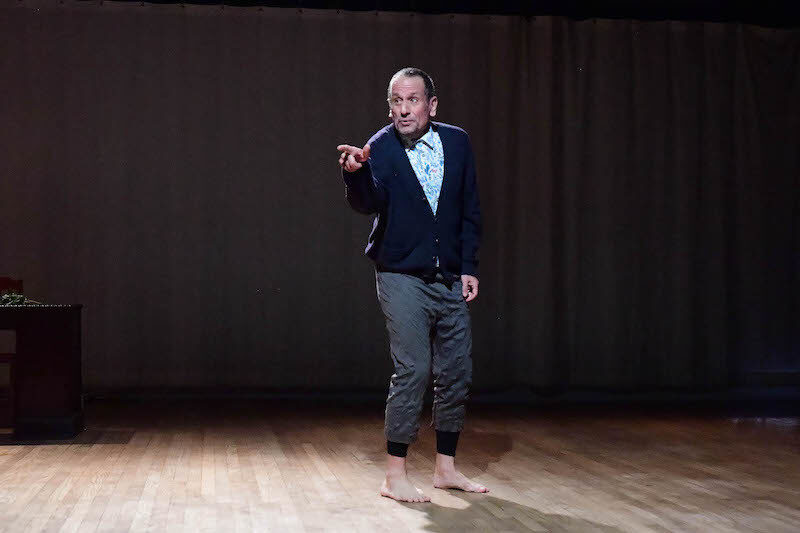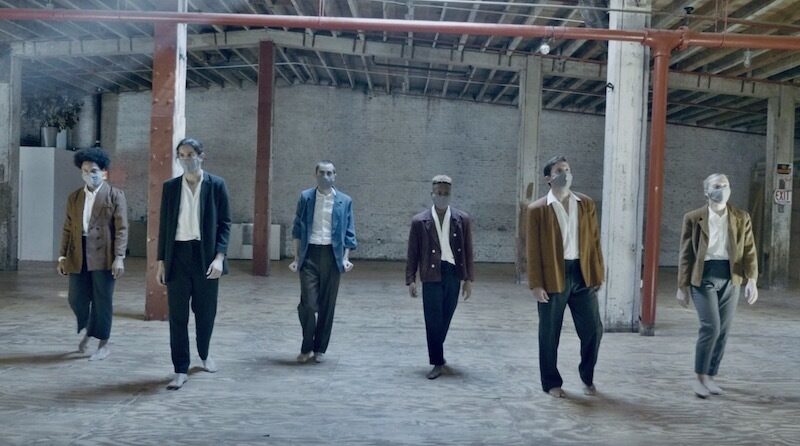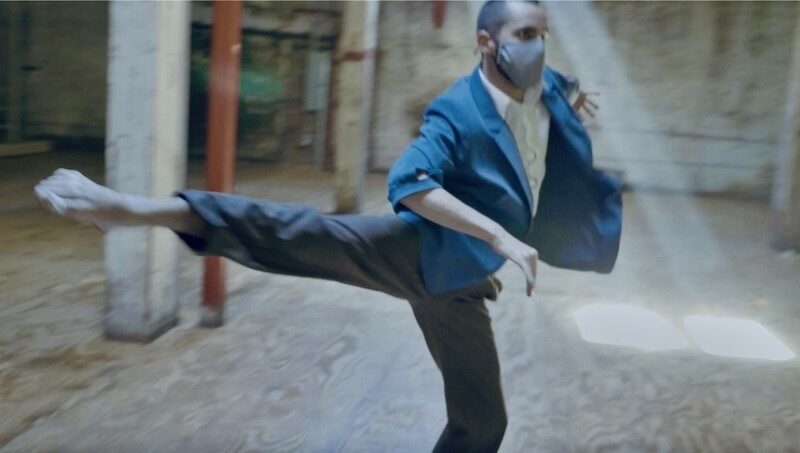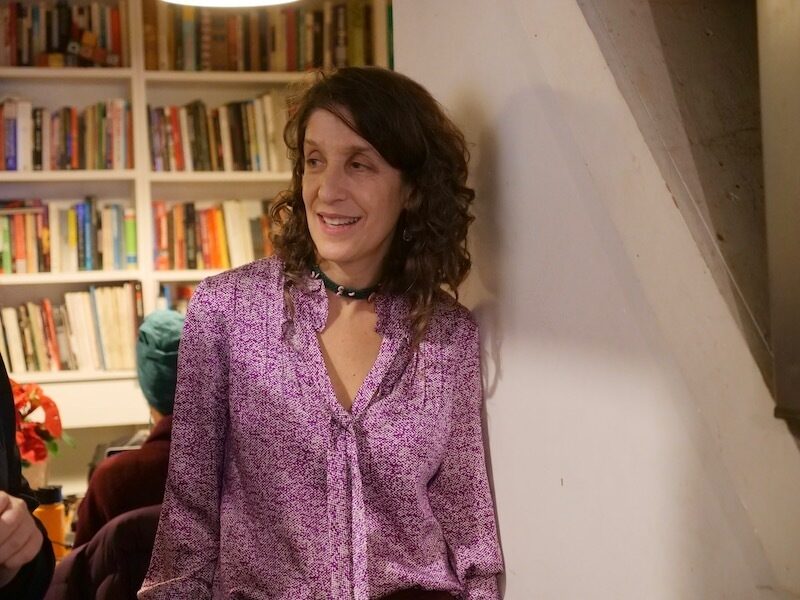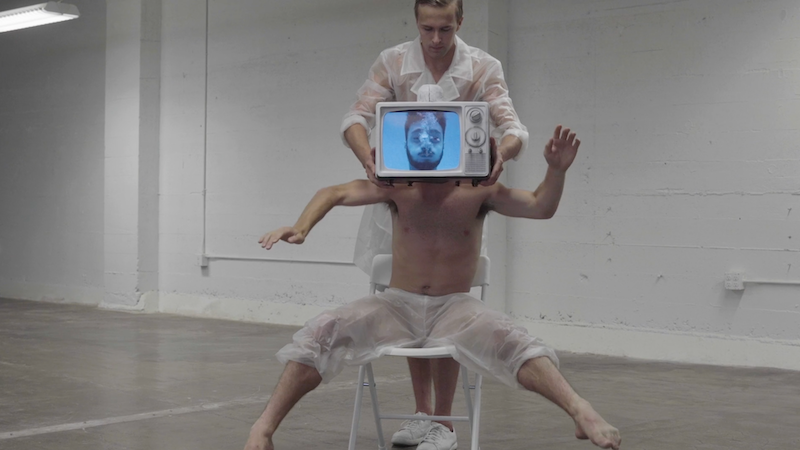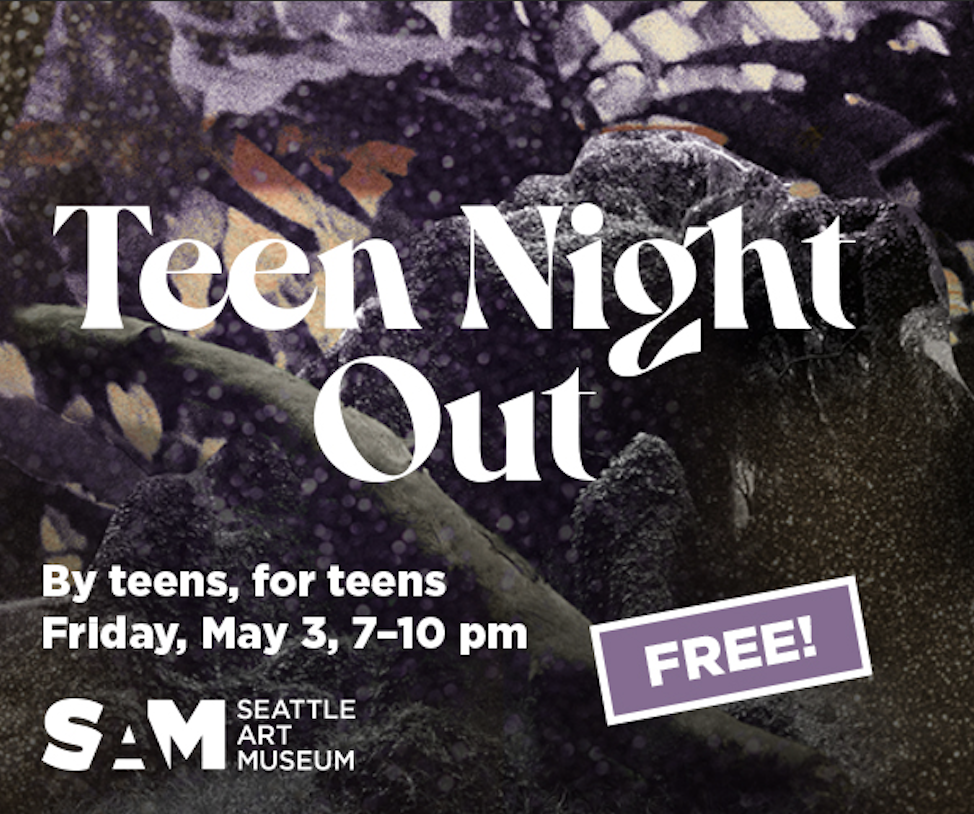It’s an average, nameless day in the middle of February. A busy Seattle street is littered with mask-obscured faces, socially-distanced storefronts, cloud-colored skyscrapers, rain-slicked cars, lingering snow-dirt-mush, a city bus, and, then, suddenly, in a flurry of color - figures - hair - legs - wheelchair - dancing!
Wait, dancing? That can’t have been right. Not here. Not now. In the middle of a street. In the middle of COVID. In the middle of 3rd Avenue and—where did it go?
The aerosol-protected faces are still here, storefronts still proclaiming the same pandemic precautions, skyscrapers still reflecting the dreary clouds, cars, and slush still accounted for, and the bus is just turning onto the next street. Then it’s gone. And so is the dancing.
For a few otherworldly moments, the bus carried a magical spell of transportation. Not to a different physical place, but to a different mental plane. It carried adventure, enchantment, and mystery. It carried color as a celebration, not as a trap to force the eye towards an item for purchasing. Instead of an ad, COVID announcement, or other PSA in the long rectangle underneath the bus windows, it carried art.
University of Washington’s Henry Art Gallery placed its latest art installation on buses.
This art installation proudly flaunts its free, completely public design—and it’s cheeky. It’ll drive past without a second thought, show off while flirting with stoplights, or glare up at you while you pay your fare and climb inside it.
Throughout the city, a total of ten stunning, evocative, vibrant pieces peer out at the world from the sides of buses, RapidRide bus lines, and routes from north to south.
These art-surprises do a lot more than just upend the average, nameless day: they ask questions about femininity and race, collage identities over borders, photograph histories, soar between people and land, implore us to “find one another,” splice pain and rebirth, test the poetry of computer-generated messages, memorialize incarcerated family members, knit metaphors between immigrants and naturalized plants, and celebrate dancing-to-come.
There is so much in every fascinating, multilayered piece that it is really difficult to grasp any of them in a fleeting, average-day moment. Almost as difficult as it is to make it through my detail-heavy, comma-drenched summary of them.
Photo courtesy of Sound Transit.
COVID has been full of difficult sentences like that. Days that run into weeks that run into months, all full of terrifying numbers we need to scrounge up emotions for, when it’s becoming hard enough to scrounge up enough anything to pay attention to the teacher talking to me through a computer screen while I destroy my attention span by checking emails or finishing something I forgot about because I was too busy dissolving into sentences that never end, just linger…
And then the dancing. Is just. Such. A delicious surprise!
We have time, here in this cocoon of a review, to reflect upon it. Time to let our eyes twirl from the bouncing arms to the jangling bracelets to the swirling hair to the smiling faces, all celebrating in the midst of the words: “we will dance again”. We can savor Natalie Dupille’s work, a fountain of watercolors raining down, cleaning away the dreariness for a few welcome moments. The Henry’s website tells us that she’s inspired by queer dance parties—havens of connection, identity, and community. What a beautiful message in just one small bus ad. And every art piece is just as fabulously nuanced and important!
COVID is forcing the art world to do many things, from rethinking art as an experience and redefining ideas like ‘share’ and ‘group’ to asking questions like “what is public?” and “how does physical space exist?”. The Henry has driven up to meet the challenges of our time, offering a beautiful and convincing argument in support of art for everyone, art for free, and—best of all—art that comes as a completely unexpected surprise.
This exhibition ran on Seattle buses through the end of February. Either traveling on foot or gazing out through the windows of one’s closest route, this event gave anyone the opportunity to be catapulted outside the average, nameless day to a world filled with societal change, wonder, and magic!
Set in Motion ran from December 2020 to February 2021. For more information see here.
Lead photo credit: Natalie Dupille, We Will Dance Again, 2020. Image courtesy of the artist.
The TeenTix Newsroom is a group of teen writers led by the Teen Editorial Staff. For each review, Newsroom writers work individually with a teen editor to polish their writing for publication. The Teen Editorial Staff is made up of 6 teens who curate the review portion of the TeenTix blog. More information about the Teen Editorial Staff can be found HERE.
The TeenTix Press Corps promotes critical thinking, communication, and information literacy through criticism and journalism practice for teens. For more information about the Press Corps program see HERE.



